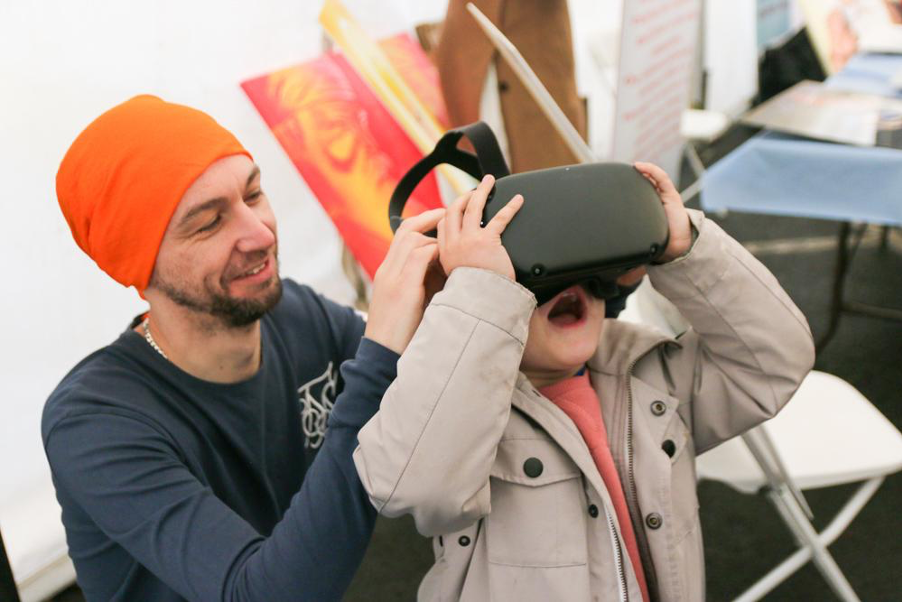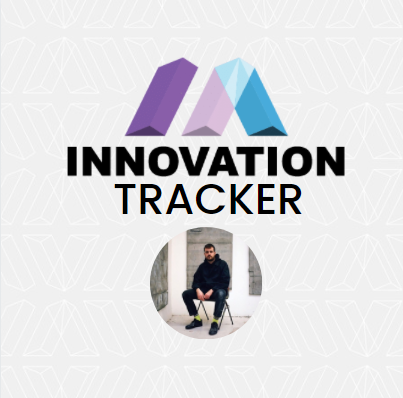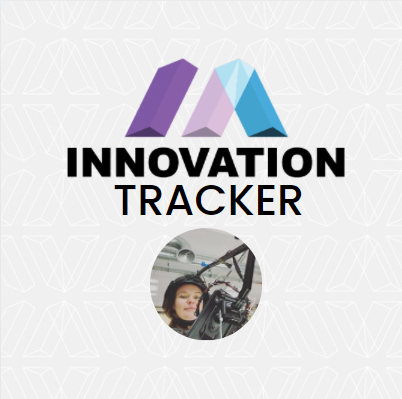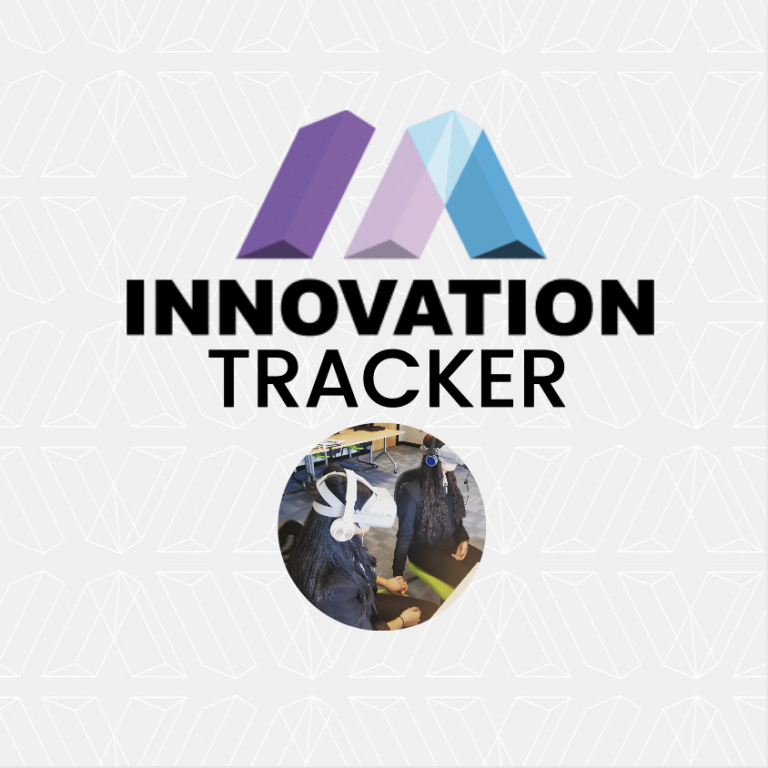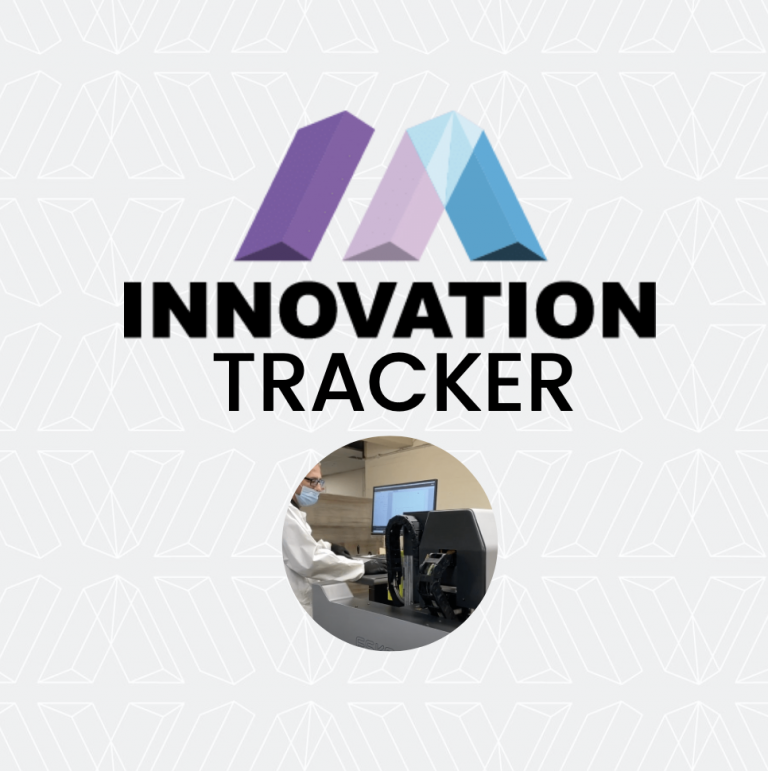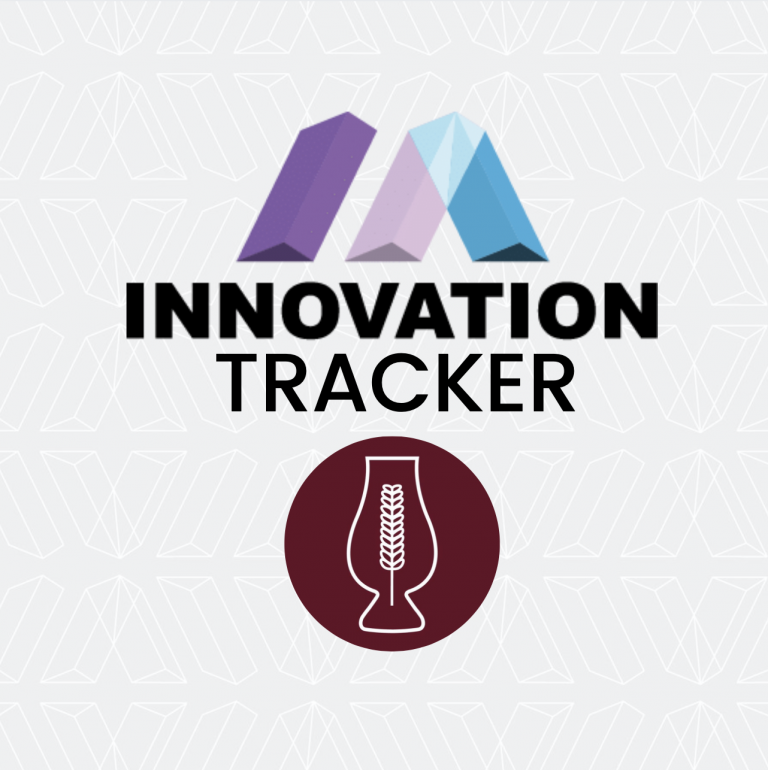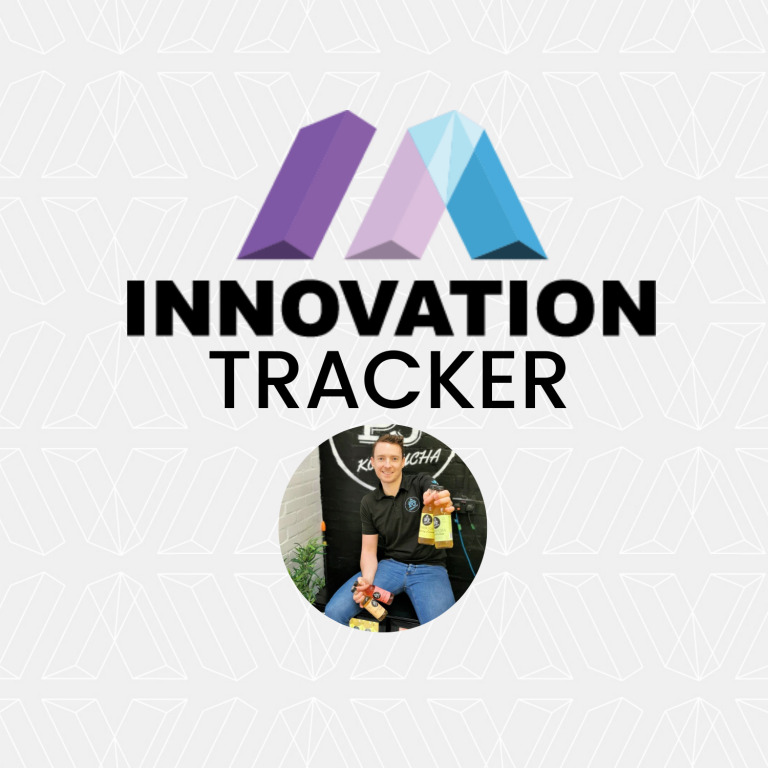Thank you to Taran3D Ltd for sending us this fantastic innovative case study. Read on to find out how they have used augmented and virtual reality to create an immersive museum experience with the Anglo Sikh Virtual Museum Project.
Company name: Taran3D Ltd
Location: Birmingham UK
Supported by: STEAMhouse
Approx Annual Turnover: £55,000 – £60,000
FTEs: 5
Number of part-time Freelance staff: 4
Website: www.taran3d.com
OUR BUSINESS
We are a creative 3D Agency based in Birmingham producing awe-inspiring interactive content and experiences with our ever-evolving 3D, VR and AR capabilities.
We work with clients to engage their audiences, bringing their projects to life in ways they could never imagine. With creative digital storytelling at the heart of what we do, we combine these skills with cutting-edge technology to produce unique and compelling interactive content.
Our knowledge, expertise and collaborative approach mean we often work as an extension of partner/client teams. This helps us seamlessly fill in the digital blanks of a project and use the power of interactive communication to tell their stories.
We work across a range of industries including heritage, engineering, arts & culture, manufacturing and education. The majority of our customers are based in the UK however in 2020, we expanded our reach to begin working with our first international clients.
In the case of the Anglo Sikh Virtual Museum Project, the client wanted historic artefacts to be digitised and recreated as 3D models that could be accessible via the internet. In addition to this, they also wanted to explore the use of virtual reality headsets and augmented reality to enable a more immersive experience.
The client’s ambition was two-fold, first gain more exposure to rare artefacts and secondly engage new audiences who are more accustomed to the latest technology and expect a more interactive experience compared to what is currently being offered by traditional museums.
What did we do?
The Anglo Sikh Virtual Museum project required us to create accurate representative 3D models of museum artefacts that could be easily experienced within a VR headset or via a mobile phone using augmented reality.
Traditional methods of creating 3D models require the object to either be modelled by hand using CAD software or they can be 3D scanned. The first method takes a lot of effort and time to ensure that the object is accurate, the second method of using a 3d Scanner creates extremely complex 3d models which can not be used within a real time experience. In addition metallic artefacts can not be scanned easily because of their reflective nature which interferes with the scanning process.
We requested test artefacts so that we could experiment and try various methods of digitising, converting and testing the results within VR environments and on mobile devices.
Our process firstly involved understanding the most efficient ways of recording the object. We decided on a technique known as photogrammetry. This process allows you to take multiple photos of an object and use them to generate a 3D model.
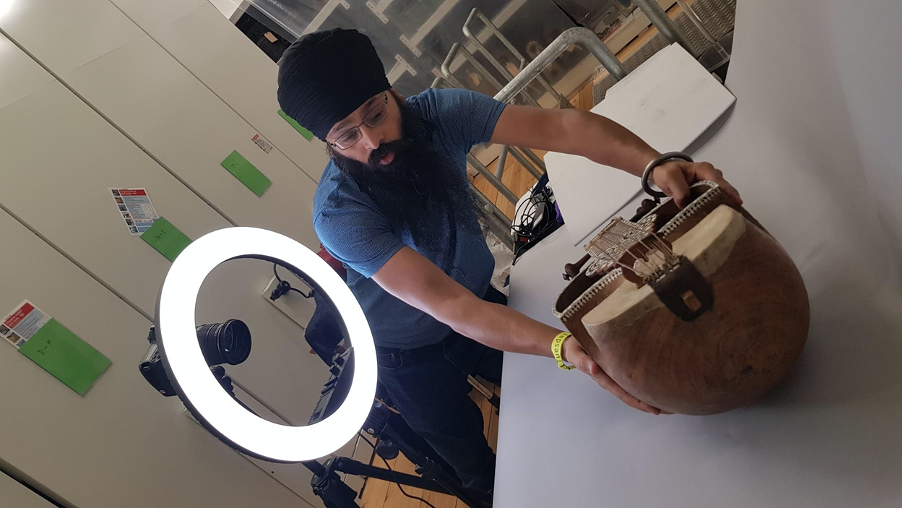
We had limited time with the artefacts at the museums hence time management and planning was crucial. We had to ensure that we researched the objects thoroughly and identify any potential problems areas on the objects that we might face. We ensured all equipment was tested and that the museum understood the process so that they could provide adequate space for the procedure.
Photogrammetry allowed us to accurately record the surface texture and shape of the object. However this technique creates a complex geometry not suitable for a real time experience in VR or AR.
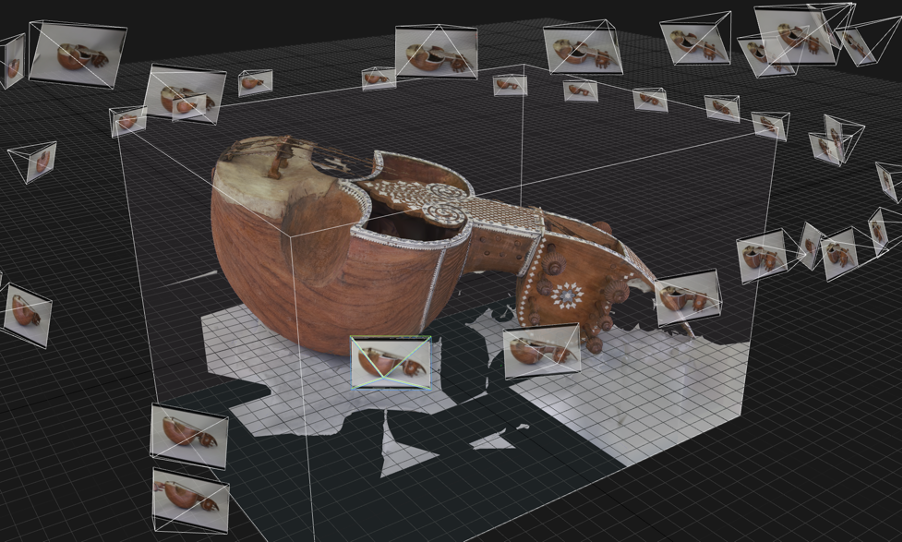
We explored various methods of using the complex data and worked out a way of transferring the detail from a complex geometric model to a simple one by projecting the surface detail and texture into images. These images could then be used on a simpler model to generate accurate properties of a physical material such as reflectiveness and color. This method gave us the ability to recreate the artefacts with very high detail even capturing scratches and erosion.
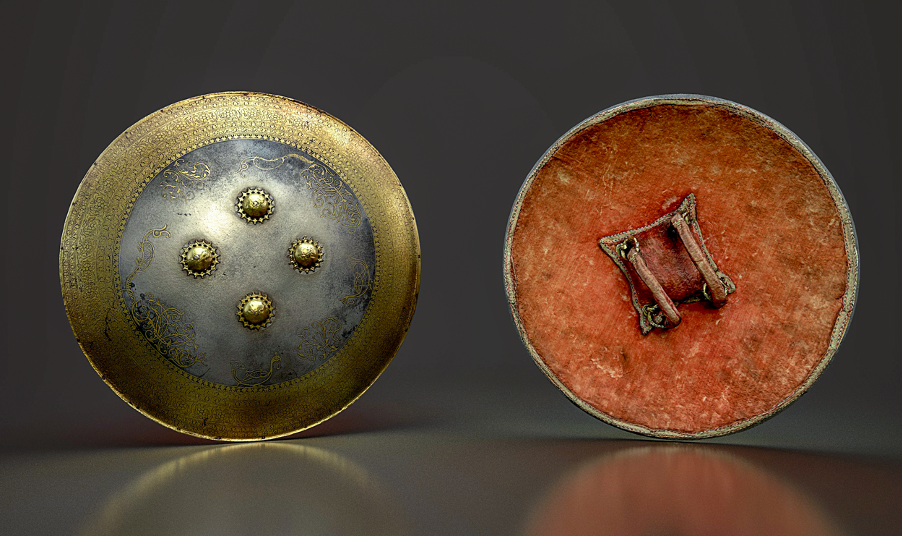
We managed to successfully record, replicate and publish digital artefacts to a VR headset and to an online platform which meant that anyone interested in the artefacts could not only view them in great detail, but they could also hold and manipulate the objects while wearing a vr Headset and controllers.
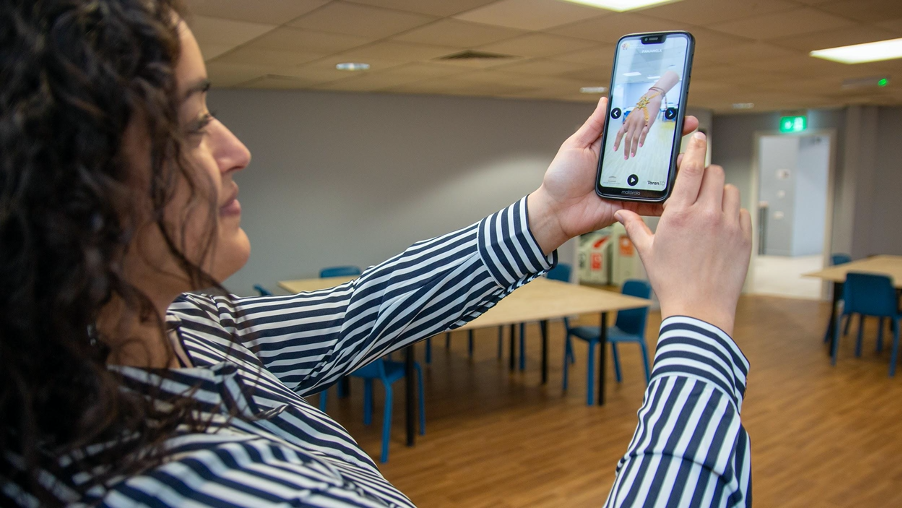
Our new product
We are in the process of developing a marketing campaign aimed at providing museums with a full artefact digitisation service. This would enable museums to have any number of artefacts digitally created and prepared to share on any immersive platform.
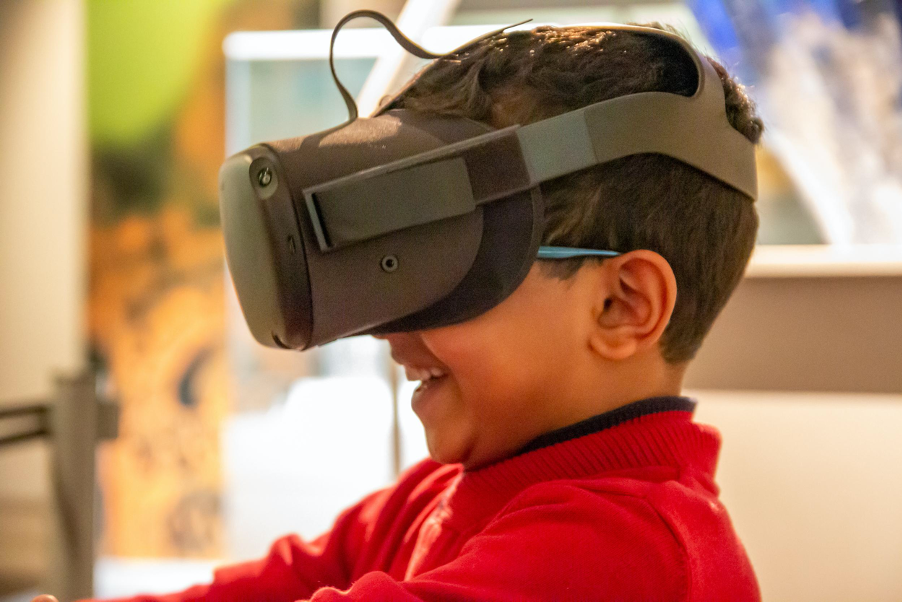
The project has been critically acclaimed and featured on local and international newspapers and online publications. This includes the Leicester Mercury, Tribune India and the Times of India. We have also been interviewed as part of the BBC World Service Heart and Soul programme talking about how people can engage with their cultural heritage through new technologies like Virtual Reality.
We have also been facilitating digital showcases for over 40 events across the UK engaging with different audiences including showcases at Museums, Leicester Museums, Ancient Houses Museum in Thetford, Royal Armouries in Leeds and various religious and cultural festivals alongside showcasing the project to school children at schools and camps. We have also engaged with universities including showcasing our work at the University of Wolverhampton, University of Leicester and University of Exeter. In addition to this we have been holding a series of online lectures talking about the use of immersive technologies within the heritage sector giving a basic understanding of the technologies underpinning the project.
